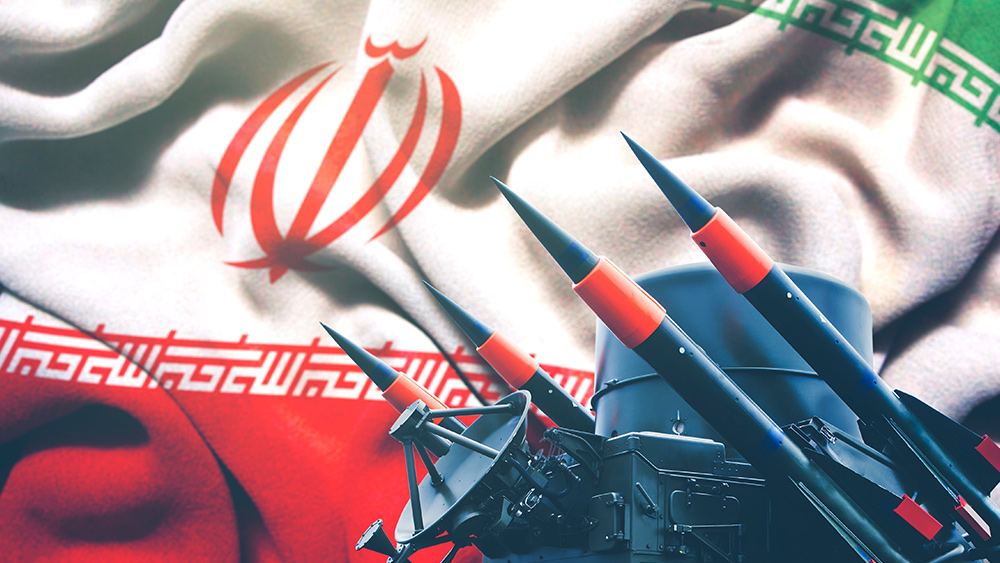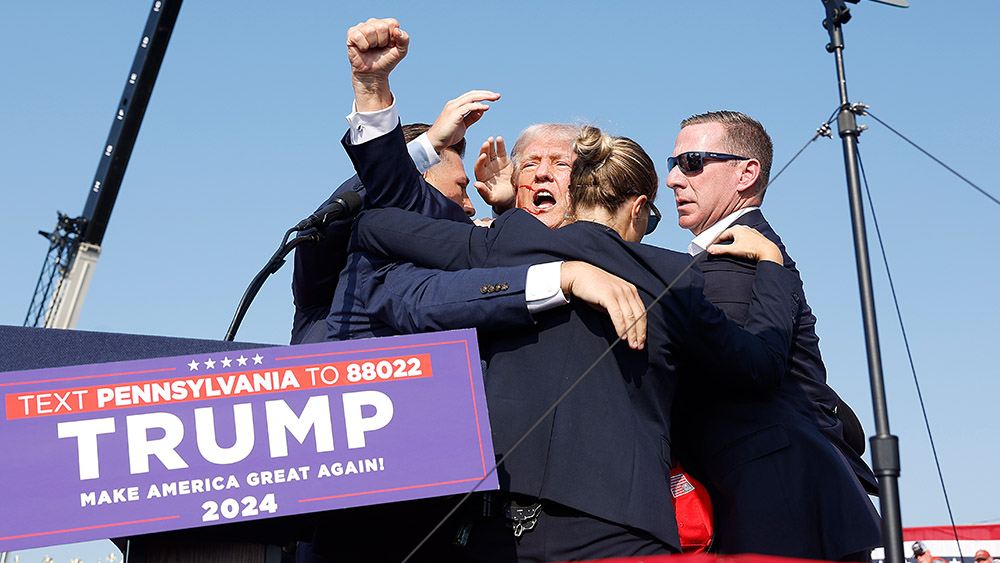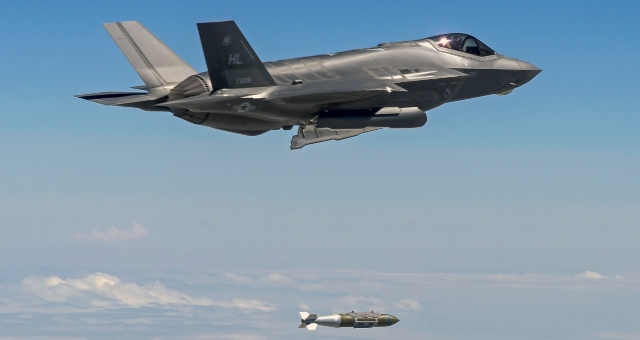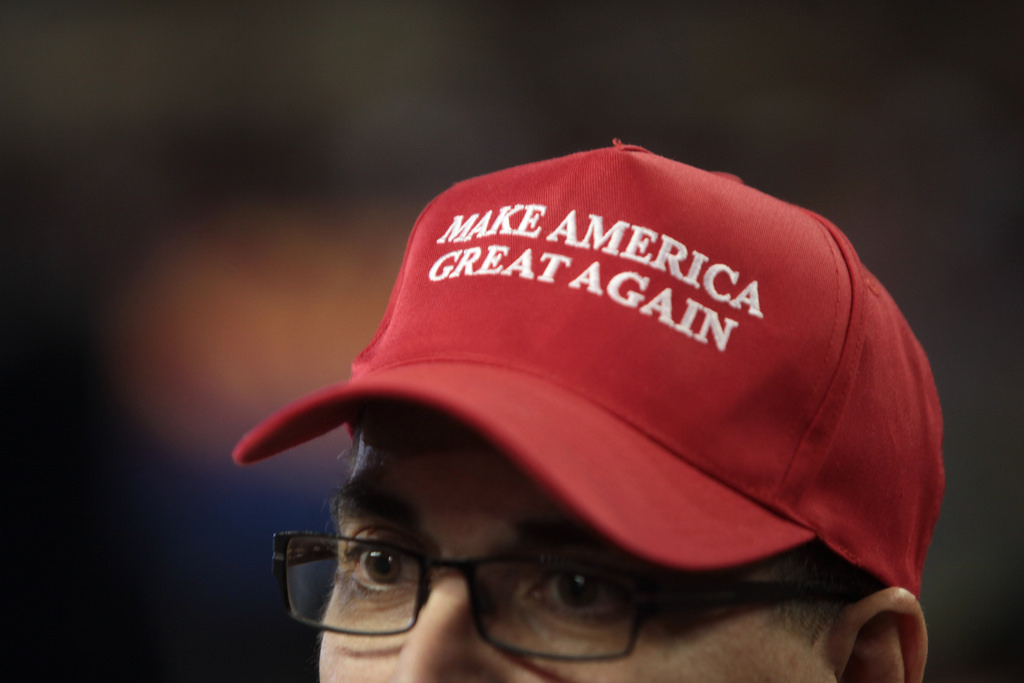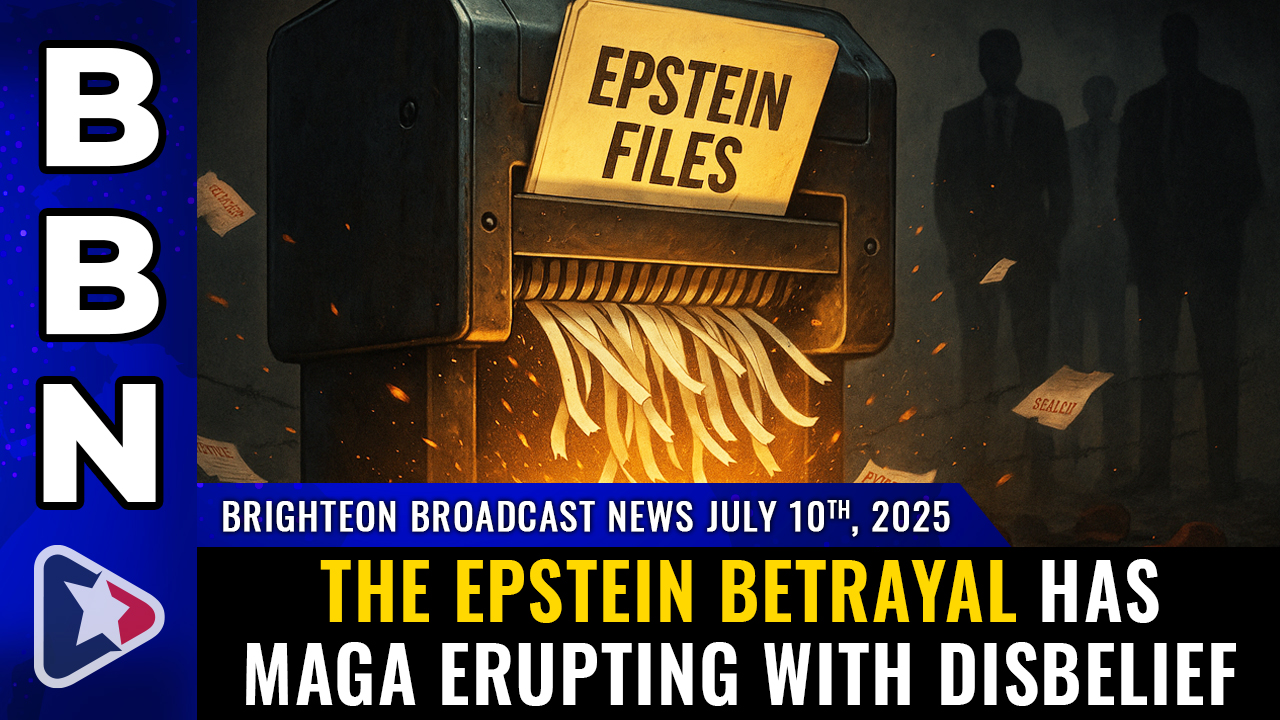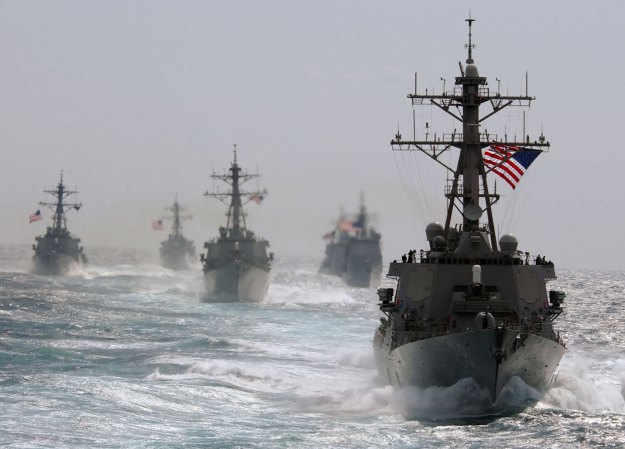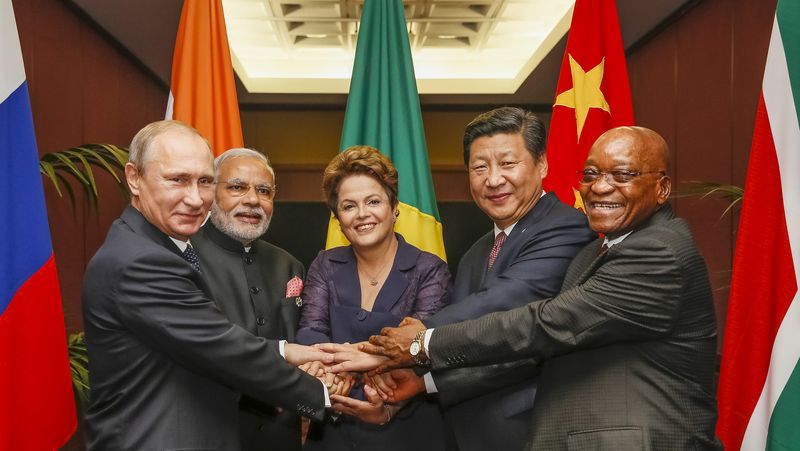Imminent U.S. trade deadline intensifies global tensions amid pressure for bilateral deals
07/08/2025 / By Willow Tohi
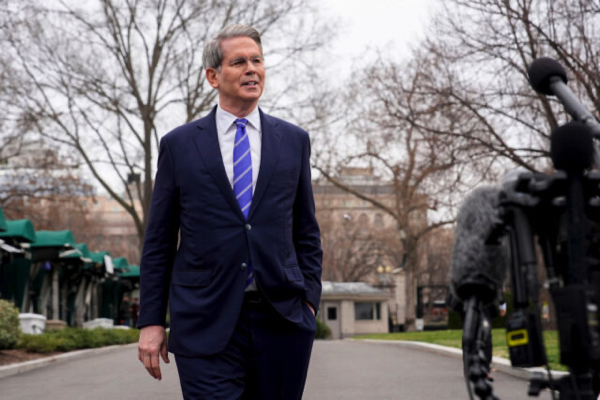
- The U.S. will finalize trade deals or send tariff notifications to 100+ nations by July 9, with higher tariffs starting August 1.
- Treasury Secretary Scott Bessent warns of steep tariffs for “foot-dragging” trade partners, citing 18 key countries responsible for 95% of the U.S. trade deficit.
- President Trump threatens additional 10% tariffs on nations aligning with BRICS, targeting emerging economies like Iran, Egypt and UAE.
- Critics question rushed deadlines, as renegotiating trade pacts typically takes far longer than 90 days.
- Deals with Vietnam and Canada signal progress, but stalled talks with Japan and the EU remain contentious.
President Donald Trump’s administration is ramping up pressure on global trading partners, demanding bilateral deals or facing sweeping tariff increases that could reshape international commerce. Treasury Secretary Scott Bessent announced Sunday that the U.S. will finalize agreements with selected nations or issue tariff-rate notifications by July 9, after which rates for non-compliant partners surge as early as August 1. The push follows April 2 tariff hikes on over 100 countries, with sanctions on $2 trillion in goods suspended for 90 days to incentivize negotiations. Now, as markets brace for turmoil, U.S. officials frame the ultimatum as essential to rebalancing trade and strengthening national security through economic sovereignty.
The clock ticks: Historical context and immediate stakes
The April 2 tariffs initially imposed a 10% baseline tax on all imports, with select countries facing higher levies, including 30% on Chinese goods. A subsequent 90-day “pause” reduced panic but did not resolve tensions. The July 9 deadline—coinciding with the expiration of that suspension—serves as a contingency to prevent an abrupt economic shock. Bessent emphasized the July 9 date is not a new deadline but a pivotal moment to “move things along,” with tariffs resuming regardless of deal progress.
Critics argue the 90-day timeframe is unrealistic for complex negotiations, given the years typically required to finalize trade pacts. However, pro-Trump economists like White House CEA Chair Stephen Miran counter that U.S. leverage enables swift agreements. “Countries know we’re serious,” Bessent said. “They’re either going to pay the baseline rate or commit to fairer terms.”
Key players and geopolitical chess: Canada, EU, BRICS and beyond
While Canada avoids the tariff letters due to ongoing negotiations, Prime Minister Mark Carney warns of countermeasures if talks stall past July 21. Trump has leveraged public diplomacy, boasting deals with Vietnam and India while expressing frustration over Japan’s “foot-dragging.” Notably, the administration’s BRICS-related tariff threat—a 10% surcharge on nations participating in the bloc’s expanded summit—adds geopolitical leverage, targeting emerging economies now including Iran and Egypt.
“The BRICS policy is about countering alliances hostile to American interests,” said National Economic Council director Kevin Hassett. Analysts like Cato Institute’s Clark Packard, however, caution that “this approach risks fracturing global trade stability in favor of short-term political gain.”
National security and economic patriotism: Framing the tariff strategy
Administration officials increasingly link trade policy to national defense. “Our economy is our first line of defense,” Commerce Secretary Howard Lutnick declared Sunday. Economic nationalist rhetoric underscores concerns over reliance on foreign supply chains—a vulnerability exposed during the 2021 semiconductor crisis. Deals like the Vietnam pact, which slashes U.S. tariffs on Vietnamese goods in exchange for open markets, are framed as reciprocal wins for both security and industry.
Yet, transparency questions linger. While Bessent insists only 18 “core deficit” nations drive policy, the administration’s public outreach to 100 smaller partners—even those with minimal trade—suggests broader leverage. “Calling these countries weak targets is a mistake,” Trump tweeted Monday, calling for “equal treatment for our farmers and manufacturers, regardless of trade volume.”
The path forward: Will August bring new markets—or conflict?
By Monday afternoon, Trump was set to release letters outlining tariff terms, with 15+ deals pending in “final stages,” according to White House sources. However, ambiguity remains: Will tariffs “snap back” July 9, as previously stated, or are delays likely? Bessent’s refusal to clarify deadlines—”We’ll see,” he said—has sown confusion.
Historically, the administration has extended deadlines to preempt backlash, but Trump’s July 6 social media blitz—declaring “no exceptions” on BRICS—suggests resolve. For now, U.S. officials stress flexibility for “good-faith nations,” while warning others of penalties “to protect your citizens’ jobs.”
Redrawing the economic map—with risk
The July 9 deadline marks a dramatic escalation in Trump’s “America First” trade strategy: a pageant of pressure, diplomacy and high-stakes gamble with global markets. While administration allies tout progress in undercutting China’s influence and bolstering U.S. manufacturing, opponents warn of retaliatory tariffs and destabilized industries. Either way, the next week will determine whether the door opens to new trade partnerships—or slams shut on a resurgent era of protectionism.
Sources for this article include:
Submit a correction >>
Tagged Under:
big government, BRICS, economy, Globalism, Inflation, money supply, national security, supply chain, tariffs, trade wars, Trump
This article may contain statements that reflect the opinion of the author
RECENT NEWS & ARTICLES
COPYRIGHT © 2017 COLLAPSE.NEWS
All content posted on this site is protected under Free Speech. Collapse.news is not responsible for content written by contributing authors. The information on this site is provided for educational and entertainment purposes only. It is not intended as a substitute for professional advice of any kind. Collapse.news assumes no responsibility for the use or misuse of this material. All trademarks, registered trademarks and service marks mentioned on this site are the property of their respective owners.




